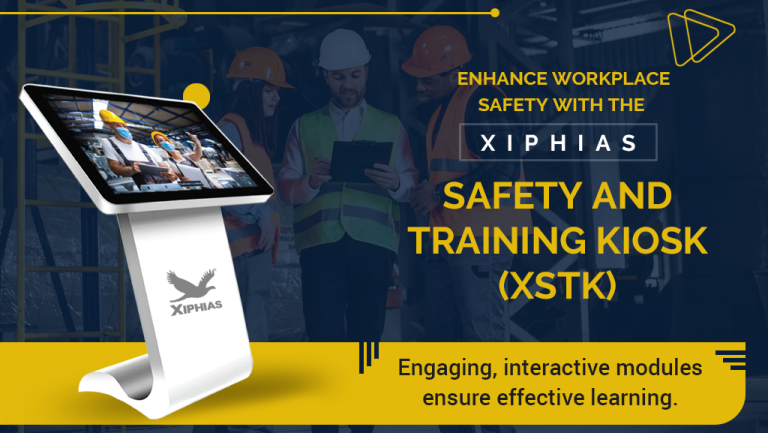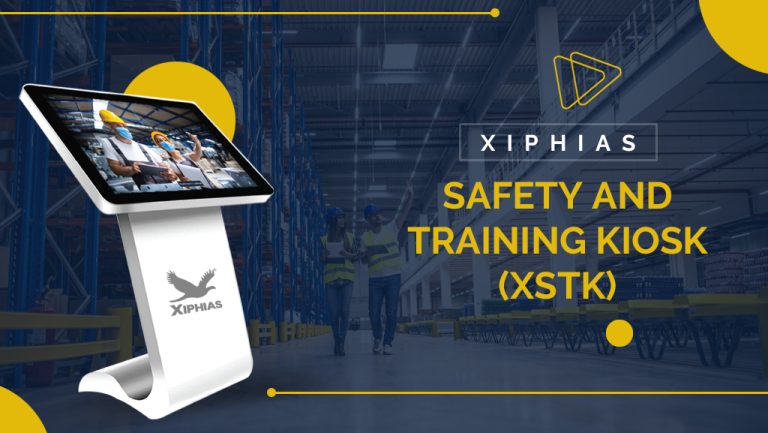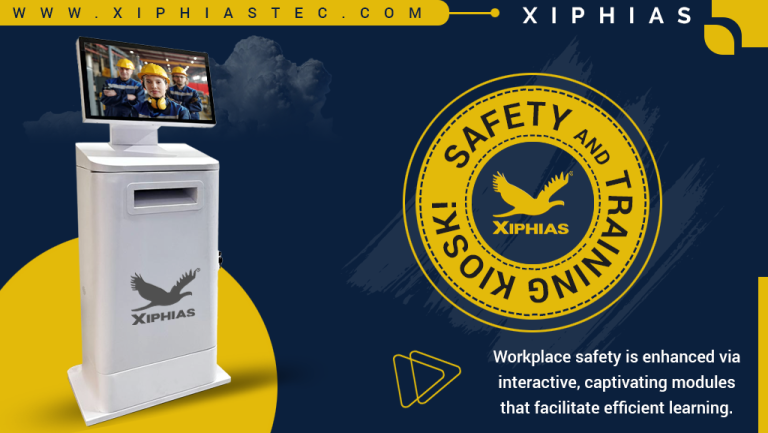How Safety Training Kiosks Enhance Employee Preparedness and Compliance?
In today’s fast-paced work environment, safety training is a crucial aspect of success. Ensuring employees are well-prepared for emergencies helps reduce workplace accidents. Safety training kiosks have emerged as an effective solution for delivering consistent safety education. They provide employees with engaging and interactive learning experiences, enhancing both preparedness and compliance. This blog explores how these kiosks improve workplace safety standards.
1. Consistent and Standardized Training Delivery
Safety training kiosks deliver consistent content to all employees. This ensures that everyone receives the same information. Uniformity in training content reduces gaps in knowledge. It also helps employees retain vital safety protocols.
Traditional training sessions vary depending on the trainer’s expertise. Kiosks eliminate this variation by delivering a standardized format. This leads to better overall safety compliance among workers.
2. Interactive Learning Experience
Safety training kiosks provide an interactive learning environment. Employees can engage with quizzes, videos, and simulations. This enhances understanding and retention of safety procedures. Engaging content helps employees stay focused throughout the training session. It ensures critical safety measures are comprehended effectively.
Interactive learning also boosts employee confidence in handling emergencies. It provides a hands-on approach to safety drills and protocol simulations. This further solidifies the knowledge they gain.
3. On-Demand Access to Safety Training
Safety training kiosks are available anytime employees need them. This flexibility allows workers to access training at their convenience. This is especially useful for shift-based workforces with varying schedules. On-demand access ensures every employee receives timely training. This helps prevent delays in critical safety education.
Employees can review safety protocols before starting work, reinforcing key information. This leads to better preparedness during high-risk situations.
4. Improved Retention of Safety Protocols
Repetition is key to retaining important safety information. Safety training kiosks offer frequent, repeatable access to training modules. Employees can revisit specific topics whenever necessary. This improves long-term retention of safety procedures. Better retention leads to more confident responses in emergency scenarios.
The ability to re-access safety training also reduces the risk of protocol violations. Employees are more likely to follow the correct procedures when they recall the training.
5. Cost-Effective Training Solution
Implementing safety training kiosks reduces training costs significantly. Traditional training methods often require hiring experts or allocating resources for sessions. Kiosks eliminate the need for constant external training support. Once installed, they provide a one-time investment with ongoing benefits. This leads to cost savings in the long run.
Companies can save on travel expenses, venue rentals, and trainer fees. The automation of safety training allows organizations to allocate resources elsewhere. This contributes to overall operational efficiency.
6. Trackable Progress and Compliance Monitoring
Safety training kiosks provide real-time tracking of employee progress. Managers can monitor completion rates and assess individual performance. This ensures employees meet compliance requirements efficiently. Trackable data helps managers identify areas where additional training is needed.
The kiosks also generate reports on employee performance. These reports help companies stay updated on safety compliance. Having accurate records is essential during audits or regulatory inspections.
7. Multilingual Support for Diverse Workforces
Workplaces with diverse employee demographics benefit greatly from kiosks. Safety training kiosks support multiple languages, ensuring inclusivity. Employees who may not speak the primary language can still understand vital safety instructions. This feature promotes workplace safety for everyone, regardless of language barriers.
Multilingual support improves overall comprehension of safety protocols. Employees are less likely to make mistakes due to language misunderstandings.
8. Easily Updatable Training Content
One of the major benefits of kiosks is their ability to update content easily. Safety regulations and procedures may change over time. Kiosks allow companies to modify training content quickly. This keeps employees informed about the latest safety standards.
The ability to update content ensures compliance with new regulations. It also allows organizations to adapt training based on workplace-specific risks.
9. Increased Employee Engagement
Safety training kiosks increase employee engagement through their interactive nature. Employees are more likely to stay attentive and absorb information. This is especially true when compared to traditional classroom settings. Kiosks offer dynamic content that maintains employee interest throughout the session.
Increased engagement leads to higher success rates in training completion. Employees also feel more confident in their preparedness after completing kiosk-based training.
10. Customization Based on Job Roles
Not all employees face the same workplace hazards. Safety training kiosks allow companies to customize content. This customization can be tailored based on specific job roles. Workers in high-risk positions receive training relevant to their daily duties. Meanwhile, those in low-risk areas focus on general safety protocols.
This job-specific training ensures that employees receive relevant information. It also improves their ability to handle emergencies related to their roles.
11. Reduced Training Time
Traditional safety training sessions are often time-consuming. They may disrupt the regular workflow of a business. Kiosks streamline the training process, reducing time spent in sessions. Employees can complete their training modules faster without compromising quality.
This reduced training time translates into better productivity. Employees spend less time in training and more time performing their jobs effectively.
12. Encourages Self-Paced Learning
Safety training kiosks encourage employees to learn at their own pace. Some employees may require more time to understand safety concepts. Kiosks allow them to revisit materials as needed without feeling pressured. This flexibility leads to better comprehension and confidence in safety protocols.
Self-paced learning caters to different learning styles. It ensures that no employee is left behind in safety education.
13. Boosts Compliance with Regulatory Standards
Compliance with safety regulations is critical for every organization. Safety training kiosks ensure that employees meet mandatory requirements. They deliver content that aligns with industry safety standards. Employees can easily complete the necessary training to stay compliant.
These kiosks also help companies avoid fines and penalties related to non-compliance. By ensuring consistent training, they create a safer work environment.
Conclusion
Safety training kiosks are transforming the way companies approach safety education. They provide consistent, interactive, and on-demand training to all employees. These kiosks also reduce costs, improve compliance, and enhance preparedness. By incorporating them into safety protocols, businesses can ensure a safer and more efficient workplace.






